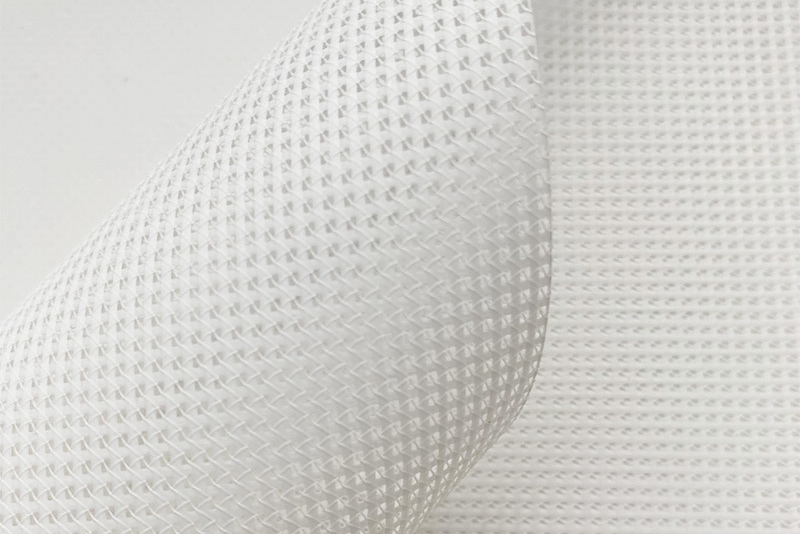Adhesive one-way vinyl, also known as perforated window film or mesh window film, is a unique material that offers both privacy and visibility. It's commonly used on windows for advertising, decorative purposes, and to create a one-way mirror effect. But what is the science behind this fascinating material?

The Structure of Adhesive One Way Vinyl
The key to understanding how one-way vinyl works lies in its unique structure. This type of vinyl is perforated with tiny holes, creating a mesh-like pattern. The holes are so small that they're almost invisible to the naked eye, but they play a crucial role in the material's optical properties.
Perforated Surface: The perforated side of the vinyl is designed to be applied to the window. The holes in this surface allow light to pass through, creating a degree of transparency.
Solid Backing: The opposite side of the vinyl has a solid backing that is opaque. This solid backing reflects light and creates the one-way mirror effect.
The Physics of Light and Perception
The way adhesive one-way vinyl works is based on the interaction of light and human perception.
Light Reflection: When light hits the solid backing of the vinyl, a significant portion of it is reflected back. This reflected light creates the image that is visible from the side with the solid backing.
Light Absorption: The holes in the perforated side of the vinyl allow some light to pass through, but they also absorb and scatter a portion of the light. This reduces the amount of light that is transmitted through the window, making it difficult for someone on the other side to see clearly into the room.
Brightness Contrast: The effectiveness of one-way vision vinyl is also influenced by the brightness difference between the two sides of the window. If the room is much darker than the outside, the one-way mirror effect will be more pronounced.
Factors Affecting Performance
Several factors can affect the performance of adhesive one-way vision vinyl:
Hole Size and Density: The size and density of the perforations can influence the level of transparency and the intensity of the one-way mirror effect.
Lighting Conditions: The brightness of the light on both sides of the window can affect the visibility through the vinyl.
Viewing Angle: The viewing angle can also affect the visibility through the vinyl.
Applications of Adhesive One Way Vinyl
Adhesive one-way vinyl has a wide range of applications, including:
Advertising: Businesses can use one-way vision vinyl to create eye-catching window displays without obstructing the view from inside.
Privacy: One-way vision vinyl can be used to create privacy in offices, homes, and vehicles.
Decorative Purposes: This type of vinyl can be used to create unique and stylish window treatments.
Solar Control: Some adhesive one-way vinyl products also offer solar control benefits, helping to reduce heat gain and glare.
In conclusion, adhesive one-way vinyl is a remarkable material that offers a versatile solution for various applications. Its unique structure and the principles of light and perception combine to create a one-way mirror effect that is both functional and visually appealing.
